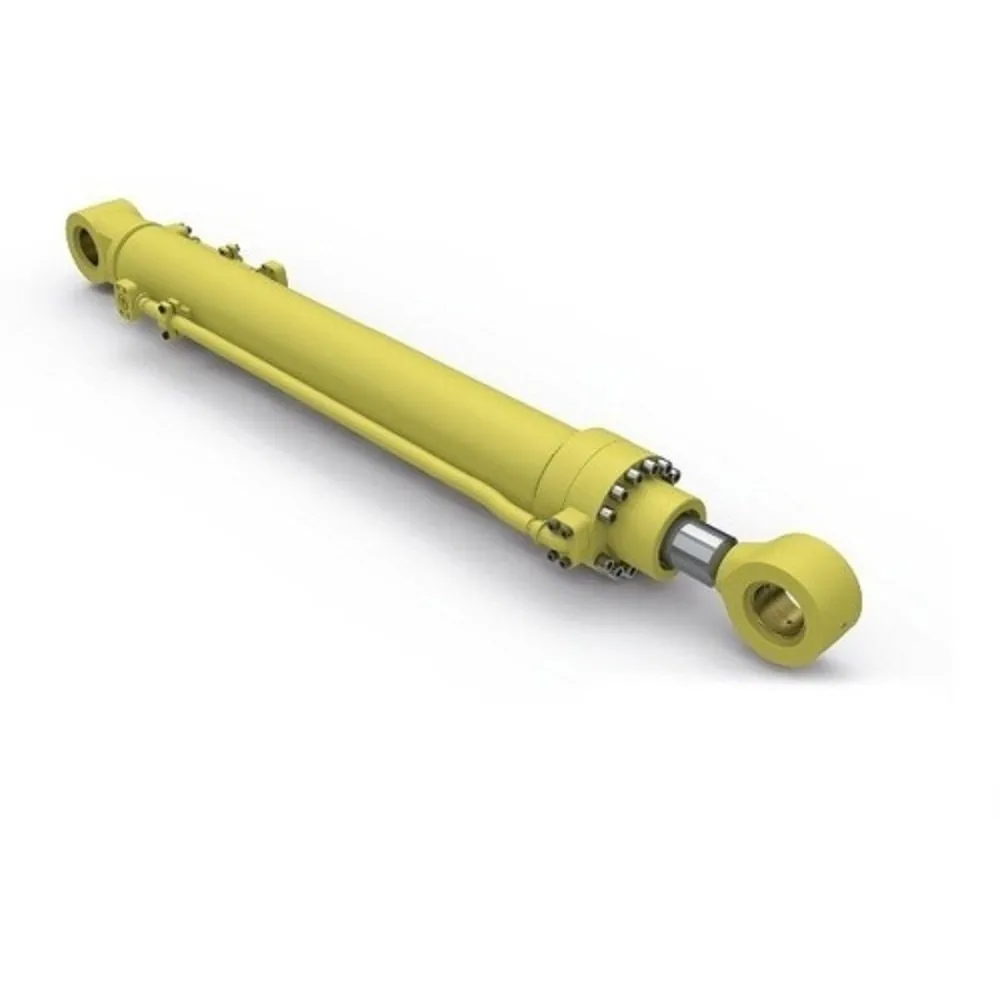The importance of the crane hydraulic cylinder.
2025-04-07
As an important construction machinery and equipment, crane plays an important role in construction, logistics, and heavy transportation. At the heart of its operation is the crane hydraulic cylinder, which enables lifting, extension, and rotation through fluid pressure transmission and control. Compared with the traditional mechanical transmission system, it has the advantages of high efficiency, high power density, and strong reliability. Hydraulic transmission has many advantages, such as simple structure, stable quality, high mechanical efficiency, and easy automation. Therefore, many medium-sized machinery are currently using hydraulic transmission systems.

The lifting capacity of the crane is related to the maximum working pressure of the hydraulic system and the area of the hydraulic cylinder. In general, the higher the maximum working pressure, the larger the effective working area of the crane hydraulic cylinder, and the greater the lifting capacity of the crane. Therefore, when designing the crane hydraulic system, it is necessary to select the appropriate hydraulic pump and hydraulic cylinder according to the lifting requirements of the crane.
The performance of a crane hydraulic cylinder directly impacts the overall performance of the crane itself. Therefore, regular maintenance of the hydraulic cylinder is essential. This includes routine inspections, timely replacement of seals and related components, and proper upkeep of the hydraulic oil to ensure the system remains stable and efficient, ultimately extending the service life of the crane.
Proper maintenance of the hydraulic cylinder also involves attention to the hydraulic fluid, as it plays a key role in the operation and protection of the cylinder body. However, like any hydraulic system, challenges such as oil leakage, temperature fluctuations, control instability, and noise can occur.
To maintain optimal performance, it is crucial to select the appropriate crane hydraulic cylinder based on system pressure, operating speed, oil capacity, and ambient temperature. Reasonable use, scientific maintenance, and long-term preservation of hydraulic oil quality are vital for maximizing efficiency and reliability. In summary, following standard operating procedures and applying scientific management practices are key to ensuring the crane operates at its best.
By cooperating with the hydraulic pump, hydraulic motor and other components, the crane hydraulic cylinder realizes the lifting, rotation, expansion and other actions of the crane. The reasonable selection of the hydraulic cylinder provides a guarantee for improving the working efficiency and smooth operation of the crane. TOLENG is a professional crane hydraulic cylinder manufacturer. We provide professional cylinder and technical guidance for your crane operation. Please contact us at sales01@phtl.cn

























